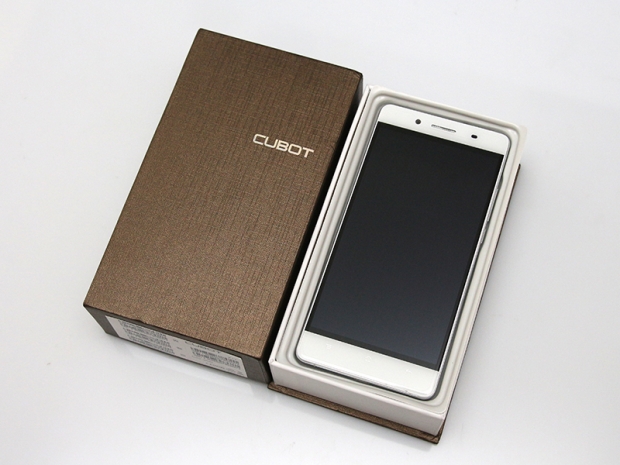Index
Review: Ultrathin, metal, inexpensive
Chinese smartphone maker Cubot recently upped the ante in the $150 to $200 budget smartphone segment with a couple of ultrathin phones. Both sport a metal frame, good build quality, and look like pricey devices, but they offer limited performance due to their anorexic profile.
We already had a chance to review the Cubot X16, and today we will be looking at the Cubot X17. So what are the differences? Well, there aren’t that many. Both phones share the same frame, same processor and OS. The Cubot X17 has more RAM, different camera optics, and a metal back in lieu of glass.
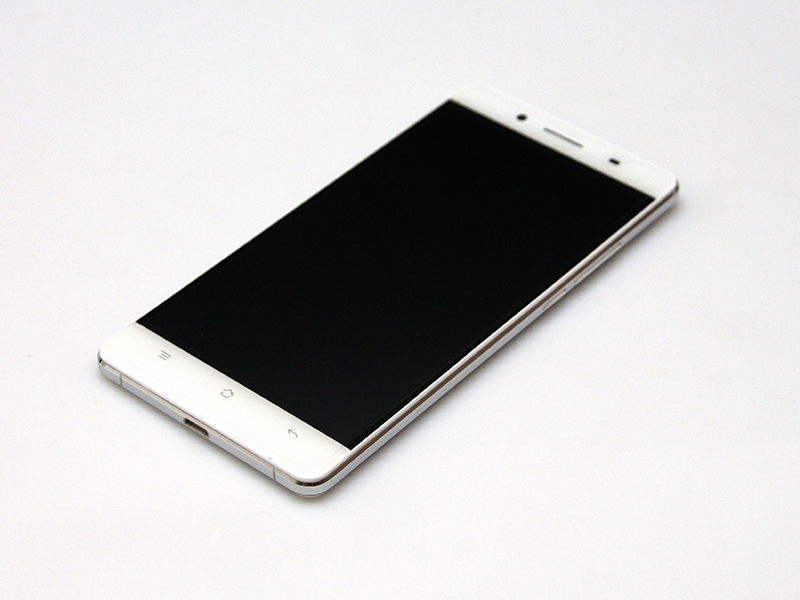
Both devices are designed around a 4.1mm alloy frame, topped off by gently curved glass at the front. They are identical from the front. However, at the back the X17 boasts a different camera lens and an alloy plate on the back, flanked by two plastic strips at the top and bottom.

The Cubot X17 is just 6.2mm thick, which is impressive for such an inexpensive device. Granted, there are quite a few powerful phablets in the same bracket, but none of them is as compact as the X17. The Cubot X17 is based on MediaTek’s MT6735 processor, it has 3GB of RAM, 16GB of internal storage, a 13-megapixel main camera, and a decent 5-inch 1080p panel. The phone costs $169 via EverBuying.
Design and Build Quality
Ultrathin phones tend to ship with slower processors and smaller batteries than their bigger counterparts. That said, we have to admit Cubot managed to squeeze a lot of nice components into its budget X-series.

While you don’t get a very powerful processor, the MT6735 is still a force to be reckoned with, at least in this price segment. It’s a modern 64-bit quad-core processor, based on Cortex-A53 cores backed by Mali-T720 graphics. More importantly, the phone has a 2500mAh battery and good 13-megapixel camera.

The layout is more or less standard. The power and volume buttons are on the right.

The SIM tray is located on the left.

The micro USB and audio out are located at the top and bottom respectively.

The camera housing is different, too. It’s not flush with the back like on the X16. It protrudes a bit, but not by much. You also get a dual-LED flash, whereas the X16 has a single LED.
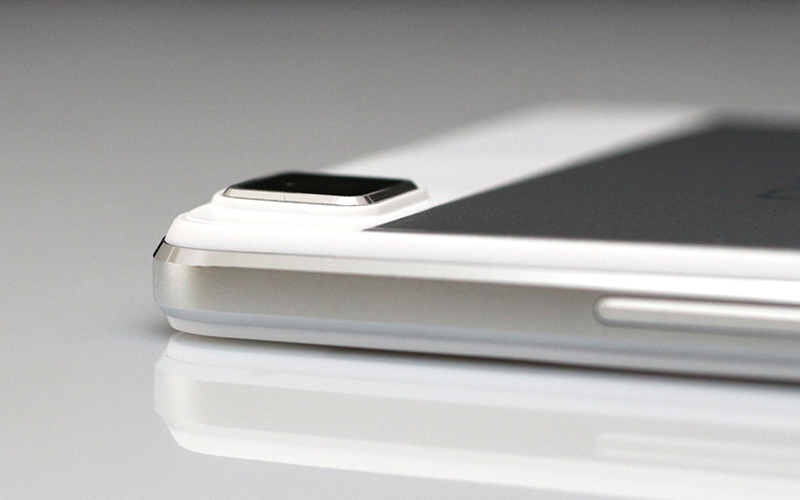
While the back is metal, this is not a unibody design. The metal back just replaces the glass back on the X16, but it’s not an integral part of the chassis.
On the other hand, the metal gives the phone a nice tactile feeling. Curved glass at the front, thin metal frame, alloy back – they all feel premium. The plastic bits aren’t as good, but there aren’t that many to begin with, just the thin, white bezels and the trim on the rear.

The finish is quite good, although it’s not on a par with big brand phones. We are not sure what sort of metal Cubot is using. The rear feels like aluminium, while the frame feels like stainless steel, or some sort of alloy with similar properties. The phone’s not light, either. At 163 grams, it’s as heavy as many plastic 5.5-inch phablets, but it also happens to feel a lot better than these oversized devices.

What about the design? Is it original? It is, sort of, but it obviously takes a few cues from Huawei, Vivo and other vendors with similar ultrathin designs. It does not look like a clone, and the design is pretty good for this sort of device. It looks and feels more expensive than it should, which was probably what Cubot was going for all along.
All in all, we have no complaints about the build quality or choice of materials. The design isn’t too spectacular, but it’s ok.
Cubot X17 Specs and Performance
You can’t expect miracles from a budget phone, especially if it’s designed to be give off the impression of a premium device. That leaves a smaller hardware budget, so you don’t really get the hottest hardware.
- Let’s take a closer look at the Cubot X17 spec:
- SoC: MediaTek MT6735A, 28nm
- CPU: four Cortex-A53 cores up to 1.3GHz
- GPU: ARM Mali-T720 MP2 GPU at up to 450MHz
- RAM: 3GB LPDDR3 533MHz
- Storage: 16GB eMMC 4.5 internal storage, expandable via microSDXC slot
- Display: 5-inch 1080p IPS panel (JDI)
- OS: Android 5.1
- Rear camera: 13-megapixel sensor, f/2.2 aperture, 5-element lens
- Front facing camera: 5-megapixel sensor, f/2.2 aperture, 88 degree field of view.
- Battery: 2500mAh lithium ion, non-removable
- Dimensions: 143.4 x 69.4 x 6.1 mm
- Weight: 163g
- WiFi and Bluetooth: 802.11b/g/n WiFi and Bluetooth 4.0
- Sensors: ambient light, accelerometer, proximity, GPS, A-GPS
- SIM card: dual SIM (micro SIM and nano SIM), dual standby
- Network support:
2G: GSM 850/900/1800/1900MHz
3G: WCDMA 900/2100MHz
4G: FDD-LTE: 800/1800/2100/2600MHz (Please check local compatibility prior to making a purchase)
As you can see, the spec is not too impressive and falls short of the latest budget devices. The MT6735 may seem underpowered in a world of cheap octa-core devices, but it’s really not much of a bottleneck in most situations.
The phone packs a lot of RAM for this particular SoC, but that doesn’t help boost performance very much. The added RAM may come in handy in some situations, due to the phone’s use of eMMC 4.51 storage. However, it’s really not a difference anyone will notice in real life.
The limited sensor suite could be an issue for some users. There’s no compass or gyro, but at least the phone supports some useful gestures (double tap to wake for example).
In terms of sheer performance, the phone doesn’t manage to pull away from its 2GB sibling.
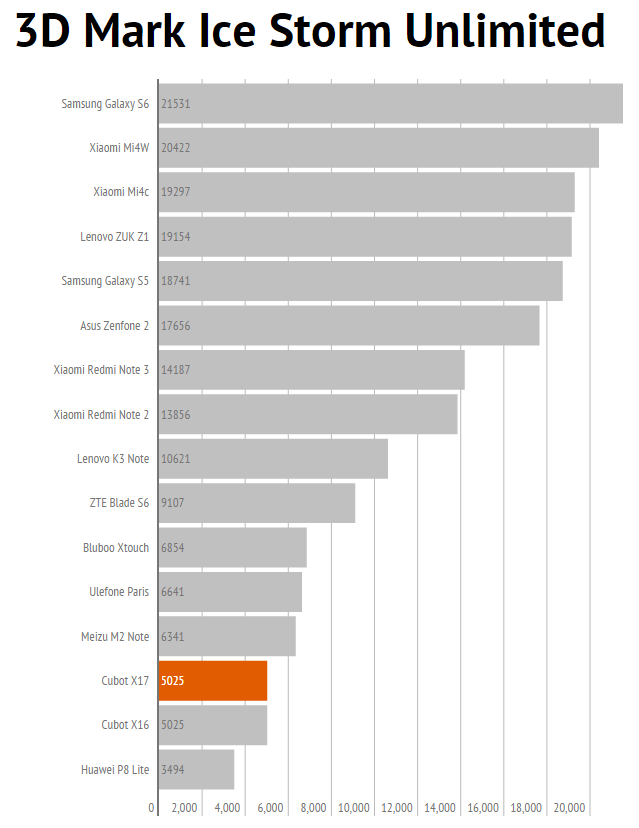
The tiny Mali-T720 GPU is clearly unable to keep up with more powerful mobile GPUs such as the Adreno 405 and Mali-T760. As a result, the MT6735 is not a good choice for anyone who wants to run a lot of 3D games on their phone.
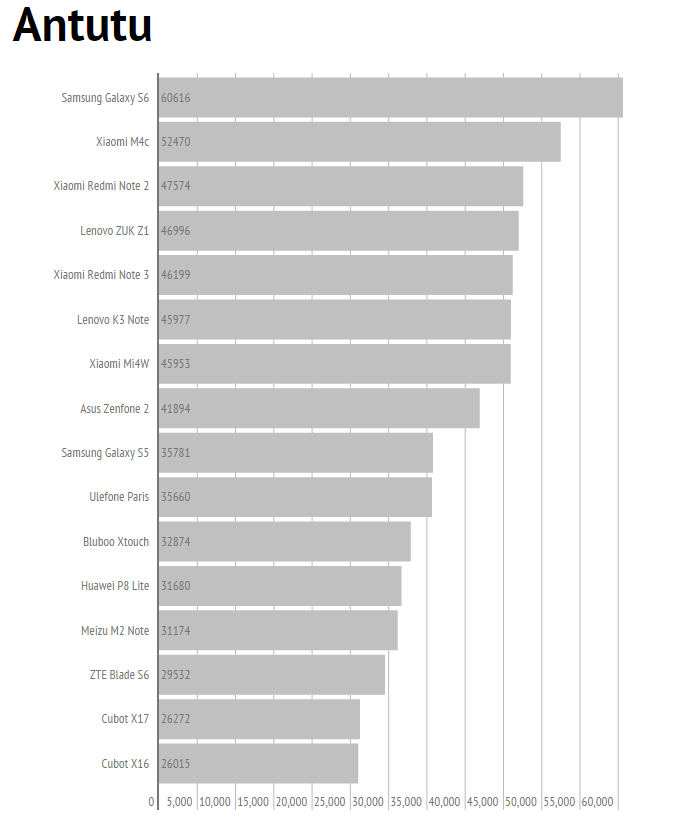
Second to last in Antutu. However, if you want to put things into perspective, note that the Snapdragon 615, an octa-core part, ends up a mere 10% faster.
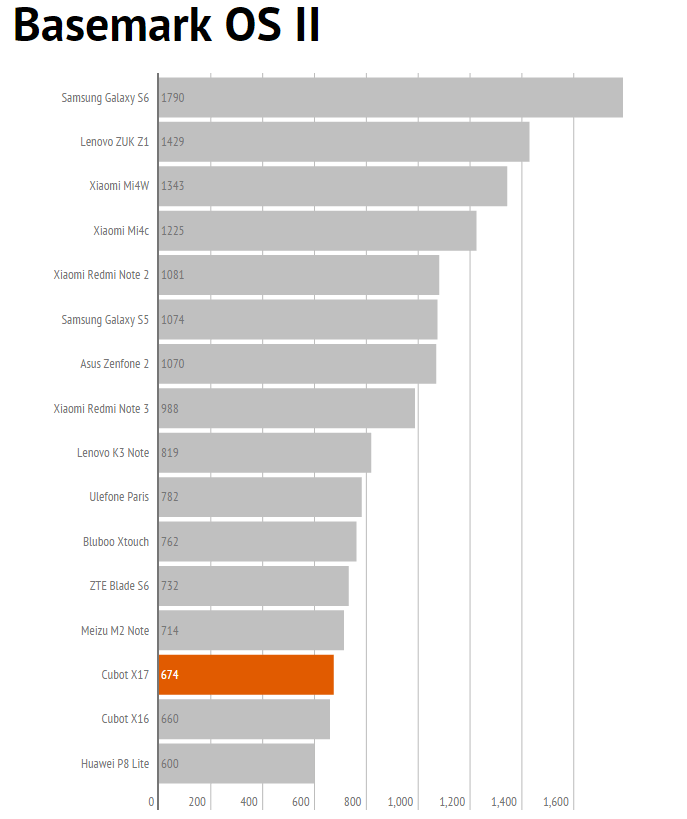
Basemark likes a lot of RAM and fast storage. While the X17 packs 3GB of RAM, the rest of the hardware platform is not powerful enough to make good use of it.

Geekbench single-core results are on a par with other Cortex-A53 devices.

The difference between quad- and octa-core Cortex-A53 processors becomes more apparent in the multicore test. However, the Snapdragon 615 isn't far ahead, despite the fact that it has eight A53 cores.
Bottom line: This is not a phone someone will buy for performance. It's a device for fashionistas on a budget, not enthusiasts.
Camera, Display and Audio Quality
The Cubot X17 uses a JDI 5-inch 1080p IPS display and it delivers good results. This same panel is apparently used on a range of various devices and there’s no room for complaints.
Display quality is above average for a phone in this price bracket. The addition of MediaTek MiraVision allows users to tweak a number of crucial display settings, but to be honest, display quality is a nonissue even on default settings.

Like the X16, the X17 has a small rear-facing speaker. It’s underpowered and sound quality is not that good, but it’s good enough for the occasional speaker call.
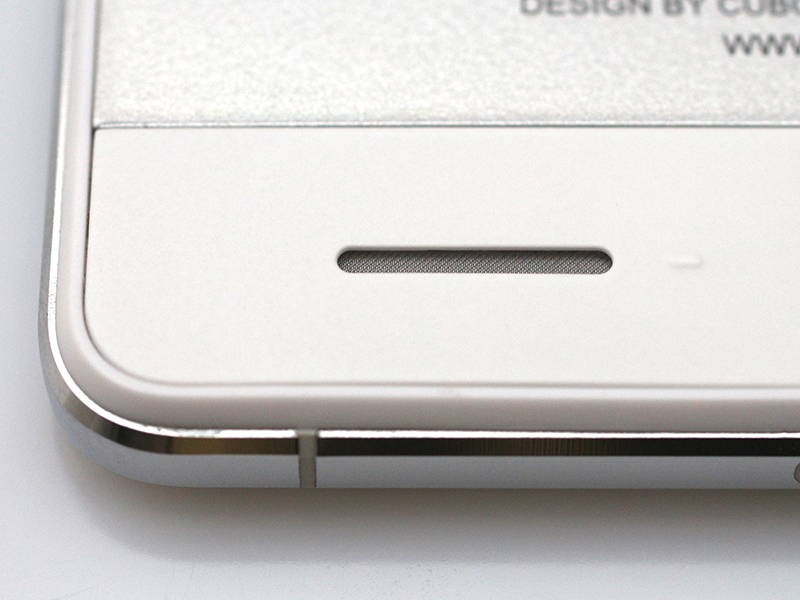
The microphone is located at the front, which is not uncommon on ultrathin phones. There’s no noise cancelling microphone, but call quality is good nonetheless. Audio output via the 3.5mm jack is good.
In our Cubot X16 review, we noted that many thin phones have subpar camera optics, but Cubot appears to be an exception. Somehow the engineers managed to squeeze in a decent sensor behind some relatively good optics.
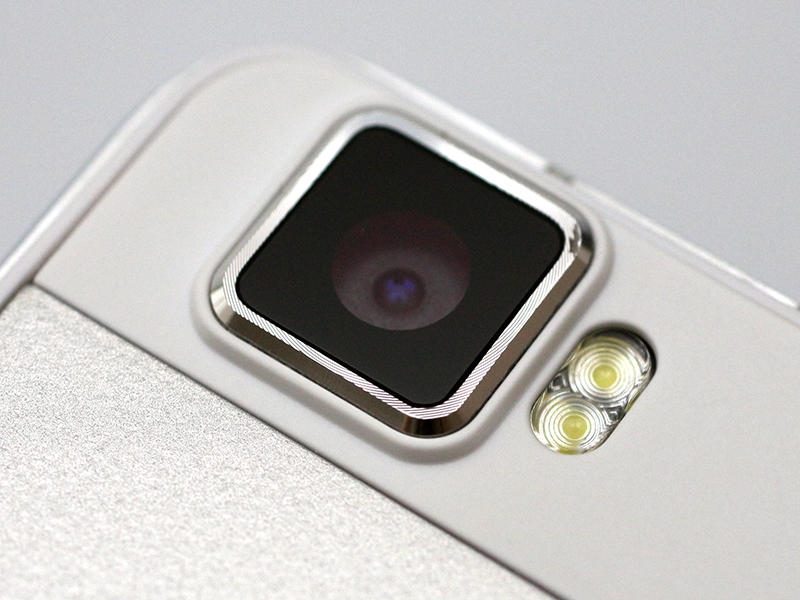
Camera quality is impressive for such a thin and cheap phone. The rear camera beats most 13-megapixel units we had a chance to test on competing phones, although it still falls short of most big-brand devices with the same megapixel count. The front camera is just as good, and boasts a wide field of view.
Most sample images we took were properly exposed and focused. Focus can be a bit sluggish in low-light situations, and the stock camera app could have been faster.

The Cubot X16 exhibited similar behaviour, but it was noticeably worse in HDR. With the X17, Cubot obviously tweaked the HDR mode, making it a lot more useful. There’s still some ghosting, but it’s much better than on the X16.

Indoor results were good, especially in daylight.

As far as night photography goes, the phone’s slow aperture does not help. On top of that, the shots can end up under-exposed. Anyway, we still managed to get some relatively good results, all things considered.

Overall, both the Cubot X16 and X17 have above average cameras for their price range, and the X17 has a much better HDR mode. Considering the price, you get pretty capable cameras.
OS, UI, Everyday Use
The Cubot X17 ships with Android 5.1, and it’s almost stock. This is probably good news, as many small vendors don’t do Android any favours with their skins. You can still do a few non-stock things on the X17, but overall it’s a near-stock Android experience.
There’s virtually no learning curve. If you ever used a Nexus, or any stock Android device, you’ll find your way around the Cubot X17 in no time. So what did Cubot add? Well, there’s a simple theme manager that can be used if you’re not into the stock Android look, but the choice of themes is limited and we think they don’t come close to stock Android in terms of appearance.
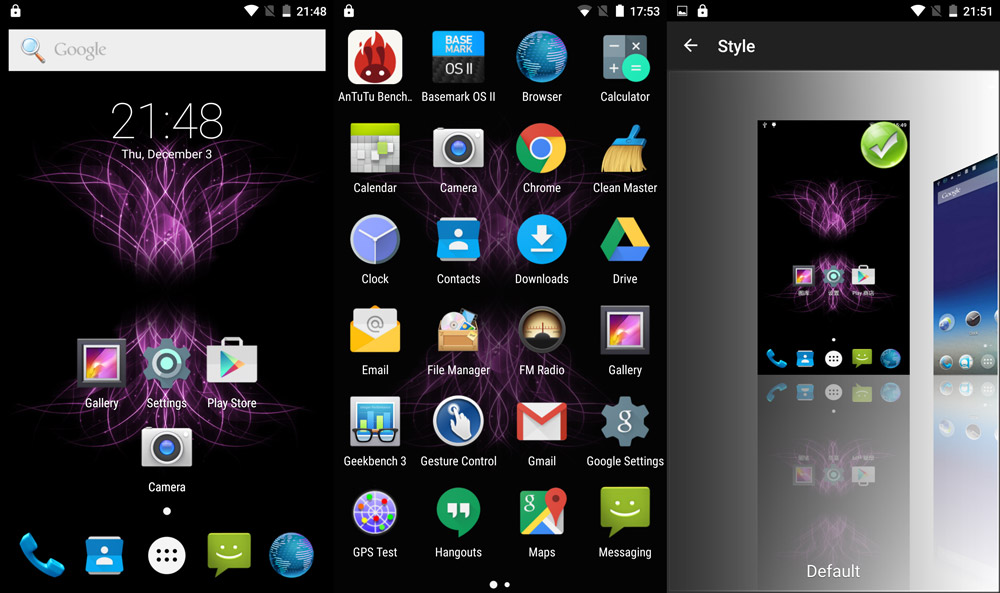
The phone also supports a number of standard and custom gestures. They work as advertised, but the custom ones can be a bit slow. You can use double tap to wake, and you can lock the phone by double tapping the home button.

The rest of the apps is more or less standard, save for the browser and camera app. Of course, the vast majority of people will download and install Chrome as soon as they get this phone, so we really didn’t bother with the stock browser. The camera app is a standard MediaTek design. We’ve seen it on numerous phones in the past and it’s good enough. That said, the preview can be a tad too slow in low light.
Ergonomics are quite good to. Everything is laid out logically and there’s no second guessing.
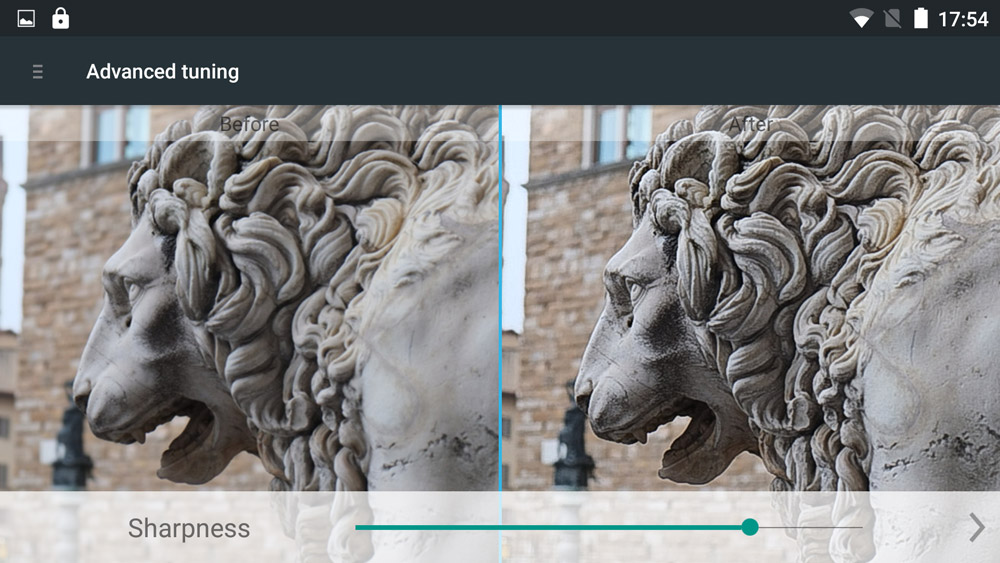
Being an extremely thin phone, the Cubot X17 doesn’t offer a lot of grip, and it can be tricky to pick up from a flat surface. However, as soon as you put it in a tight jeans pocket, you’ll learn to appreciate the thin design.
The biggest problem with ultrathin Android phones is the fact that they tend to ship with small batteries. At 2500mAh, Cubot’s battery isn’t spectacular, but given the size of the display and the spec, it’s not bad. Bear in mind that most 5.5-inch phablets ship with more powerful processors, yet they usually feature 2600-3100mAh batteries.

Since the Cubot X17 is not aimed at the enthusiast crowd, we doubt many users will take to gaming and heavy content consumption. With that in mind, battery life can be quite good.
GPS performance was spotty. We had trouble getting an indoor lock and it took a while to get one even when we place the phone on the window sill.
Conclusion
The Cubot X17 is supposed to be a premium version of the X16, but in all honesty it does not manage to pull it off that well.
For starters, the basic hardware is identical, so the performance gap is negligible. Adding more RAM to this sort of processor doesn’t really help. Does it look and feel better than its cheaper sibling? Not quite, because both feel like well assembled devices built using quality materials. It’s all a matter of taste: some people will go for the glassy back on the X16, while others will opt for the alloy of the X17.
The really good news is that both phones feature good cameras, and the X17 has a much better HDR mode than the X16. It’s not exactly a huge deal, but bear in mind that we are taking about two nearly identical devices.
The bad news? The Cubot X16 is about 10-15% more expensive than the X16, and the added gigabyte of RAM and tweaked camera might not be worth the premium (unless you really want to take loads of HDR photos). Once again, these phones are not designed to offer killer performance and benchmark results, they're supposed to cater to a different audience.
That’s more or less our gripe problem with the Cubot X17. It’s a good budget device in its own right, but the X16 simply offers superior value for money.
Cubot X17 Pros and Cons:
Pros:
- Ultrathin design
- Build quality, choice of materials
- Above average camera
- Good battery life in most scenarios
Cons:
- Value for money (compared to X16)
- Limited sensor suite
- Sluggish eMMC 4.5 storage

